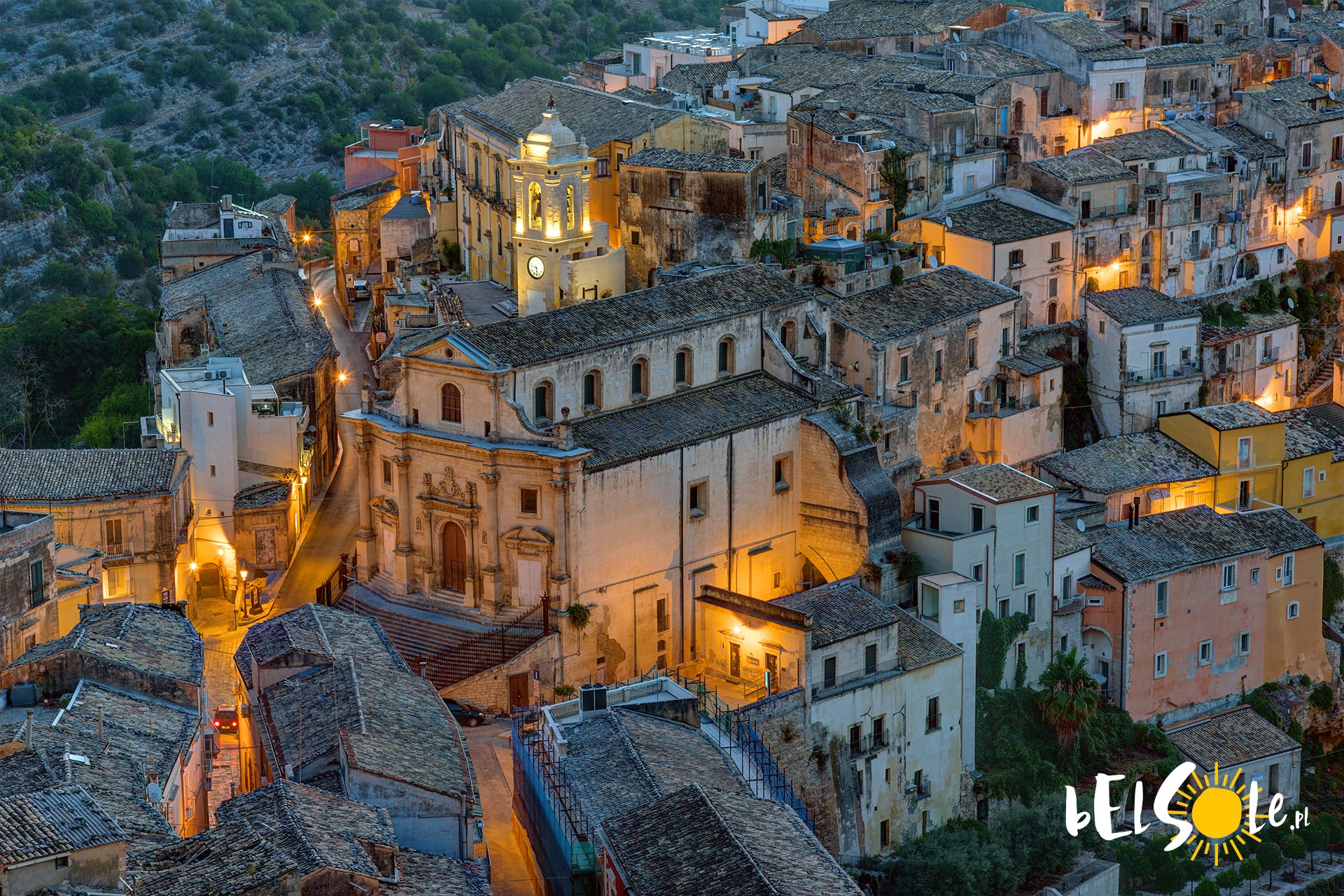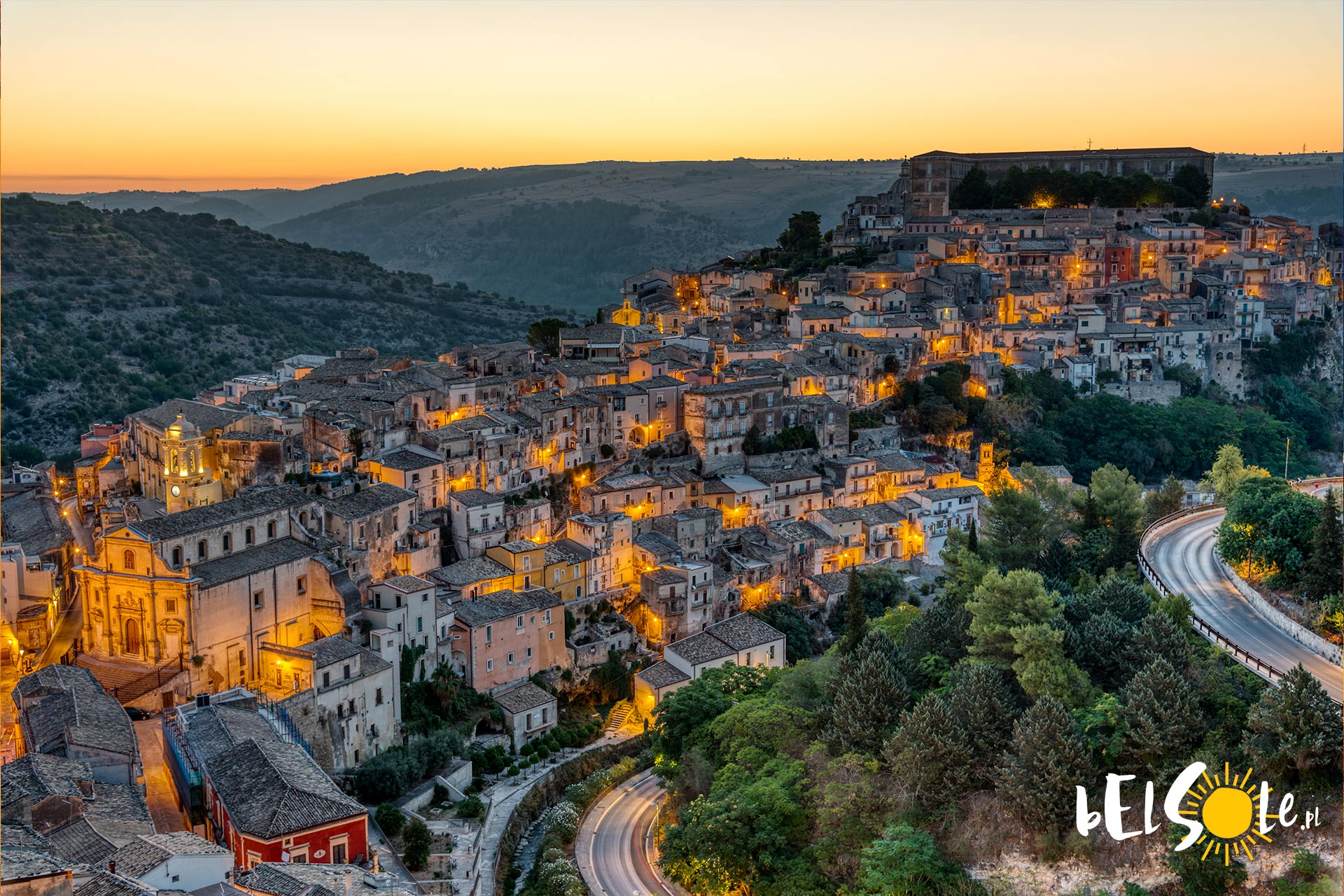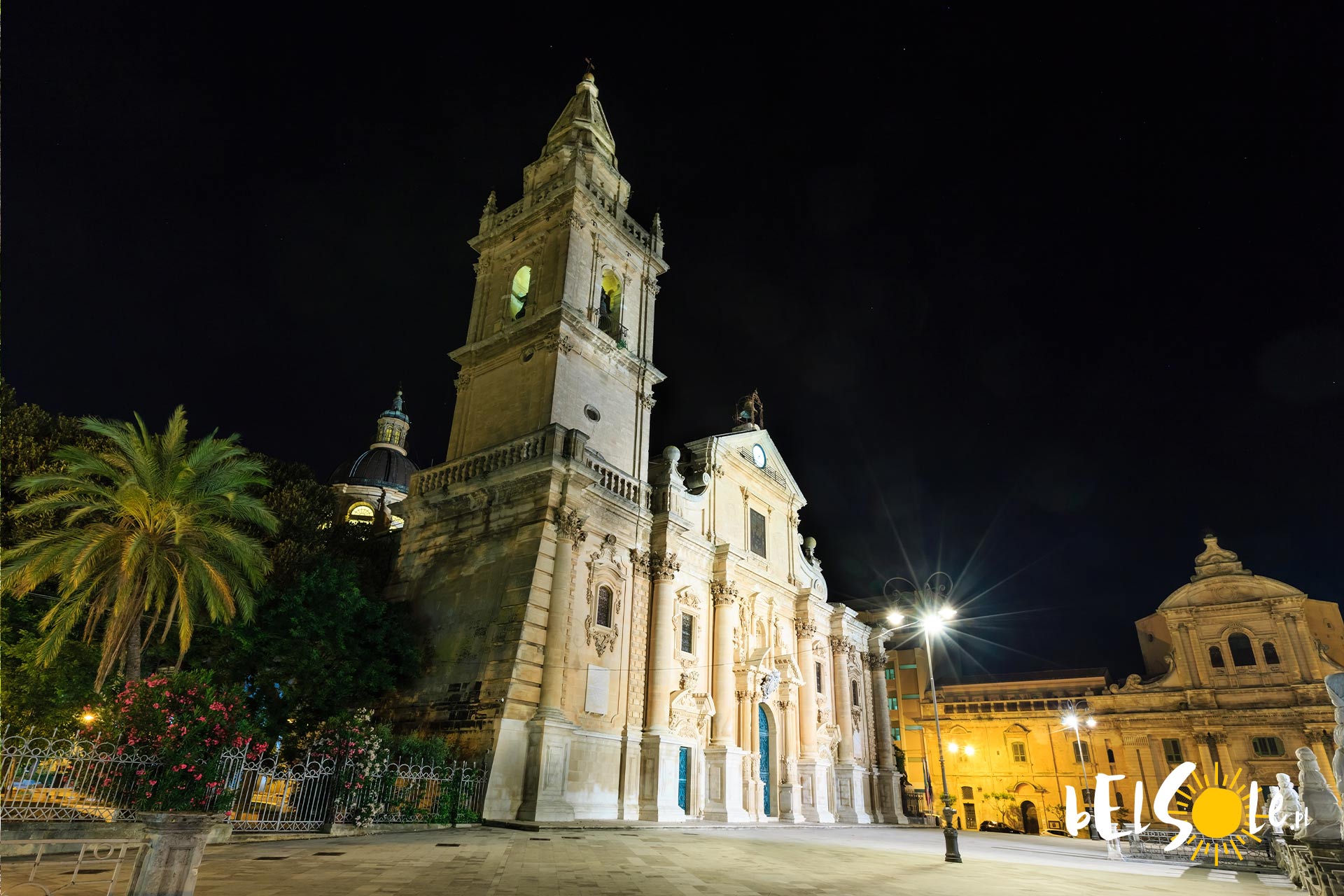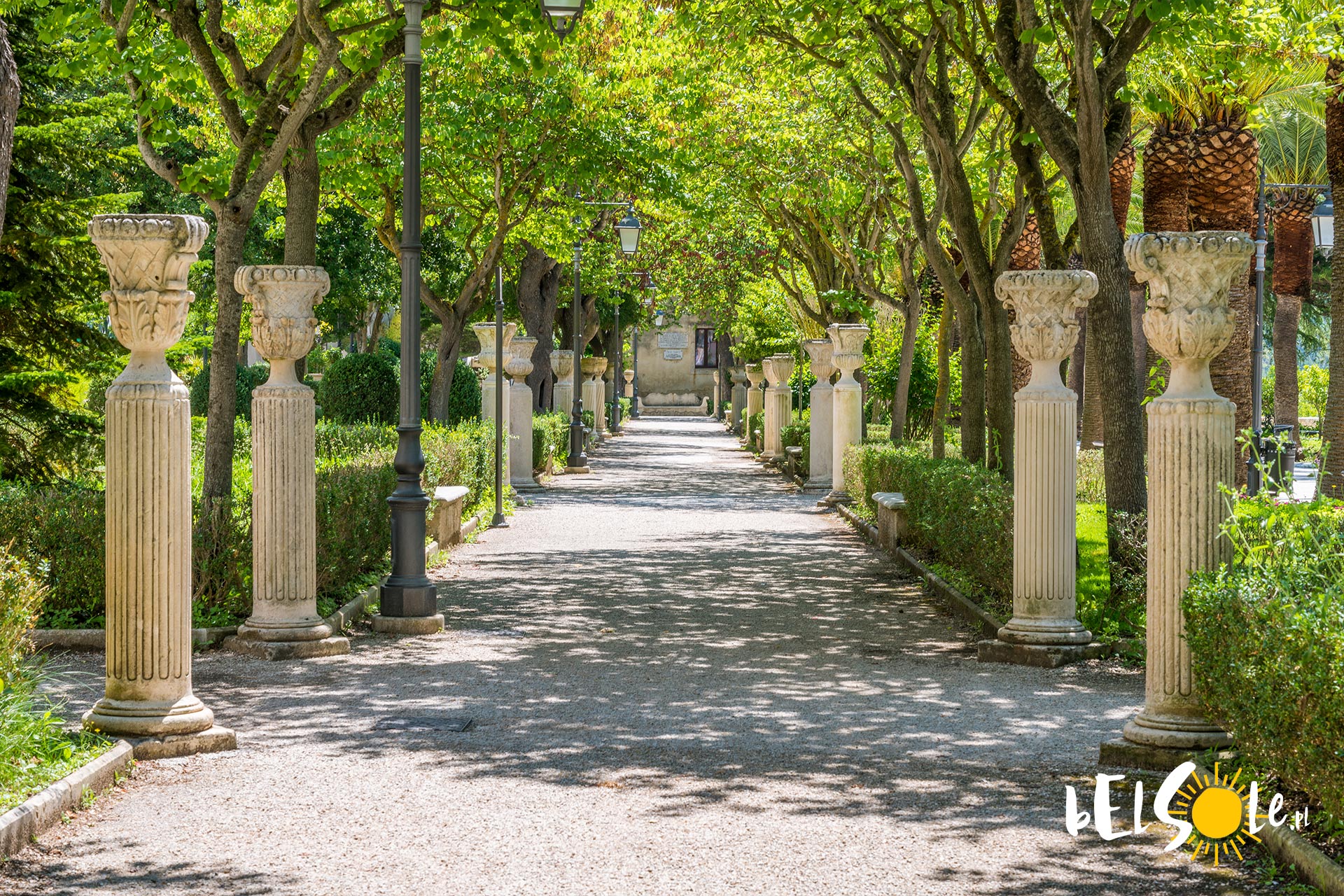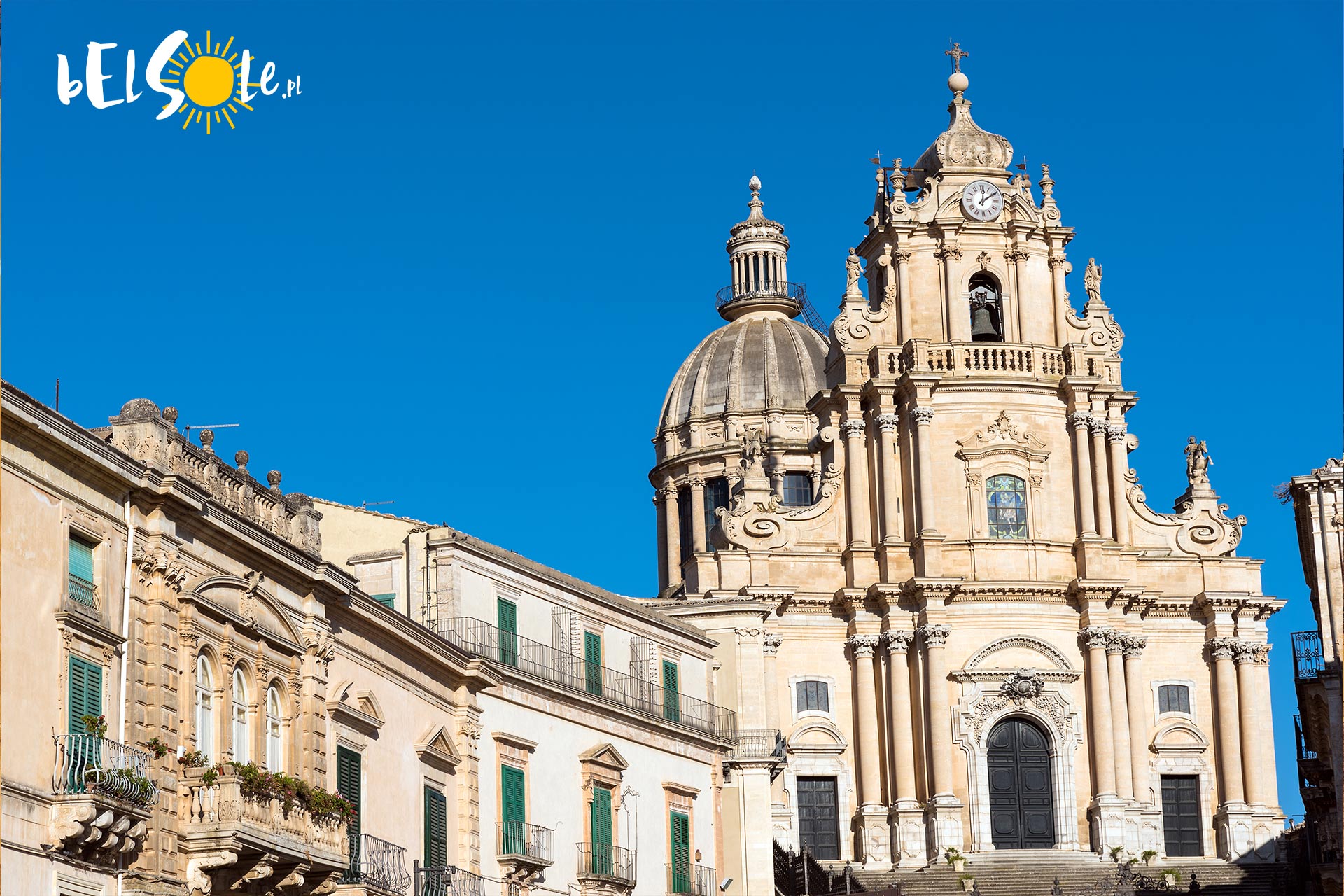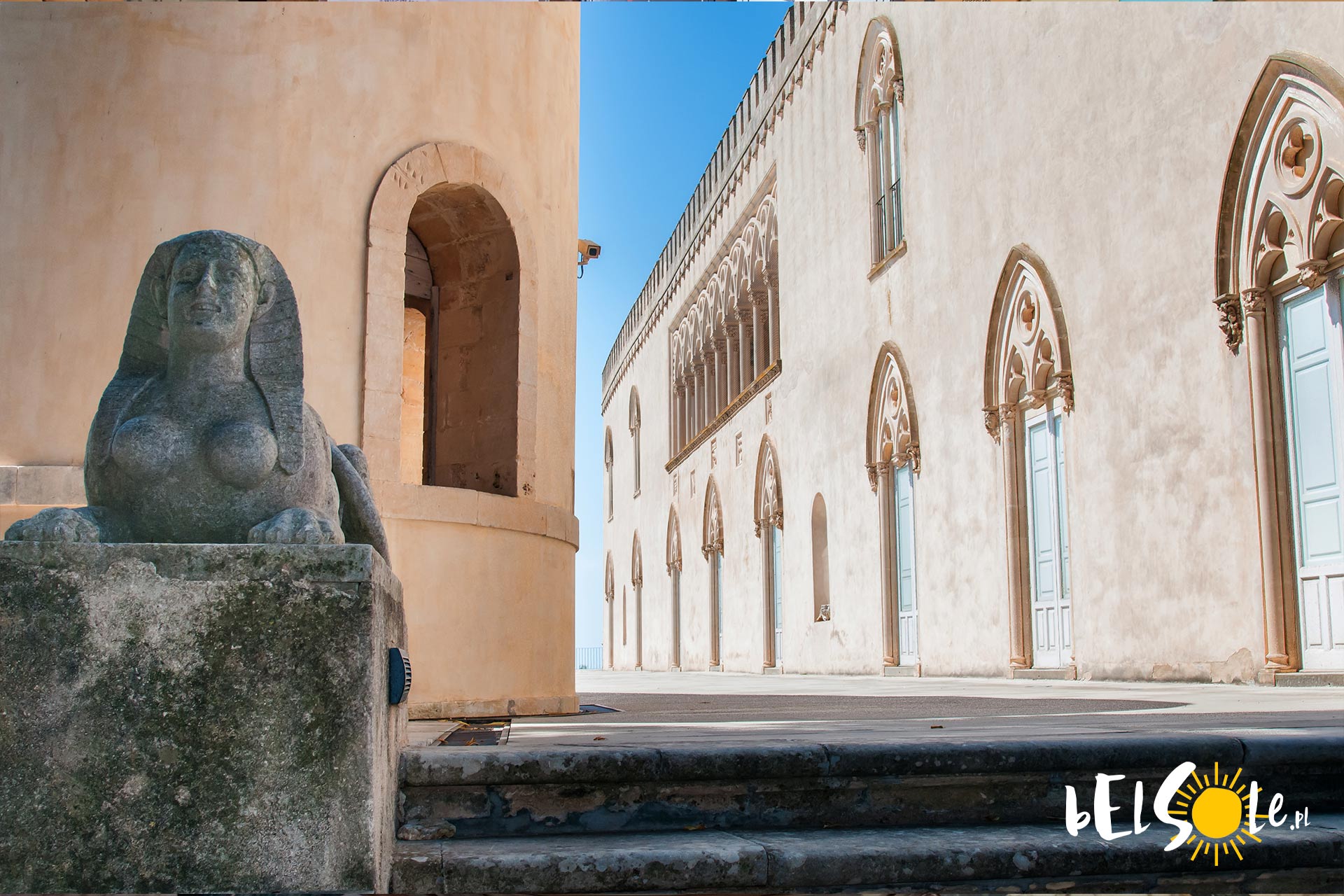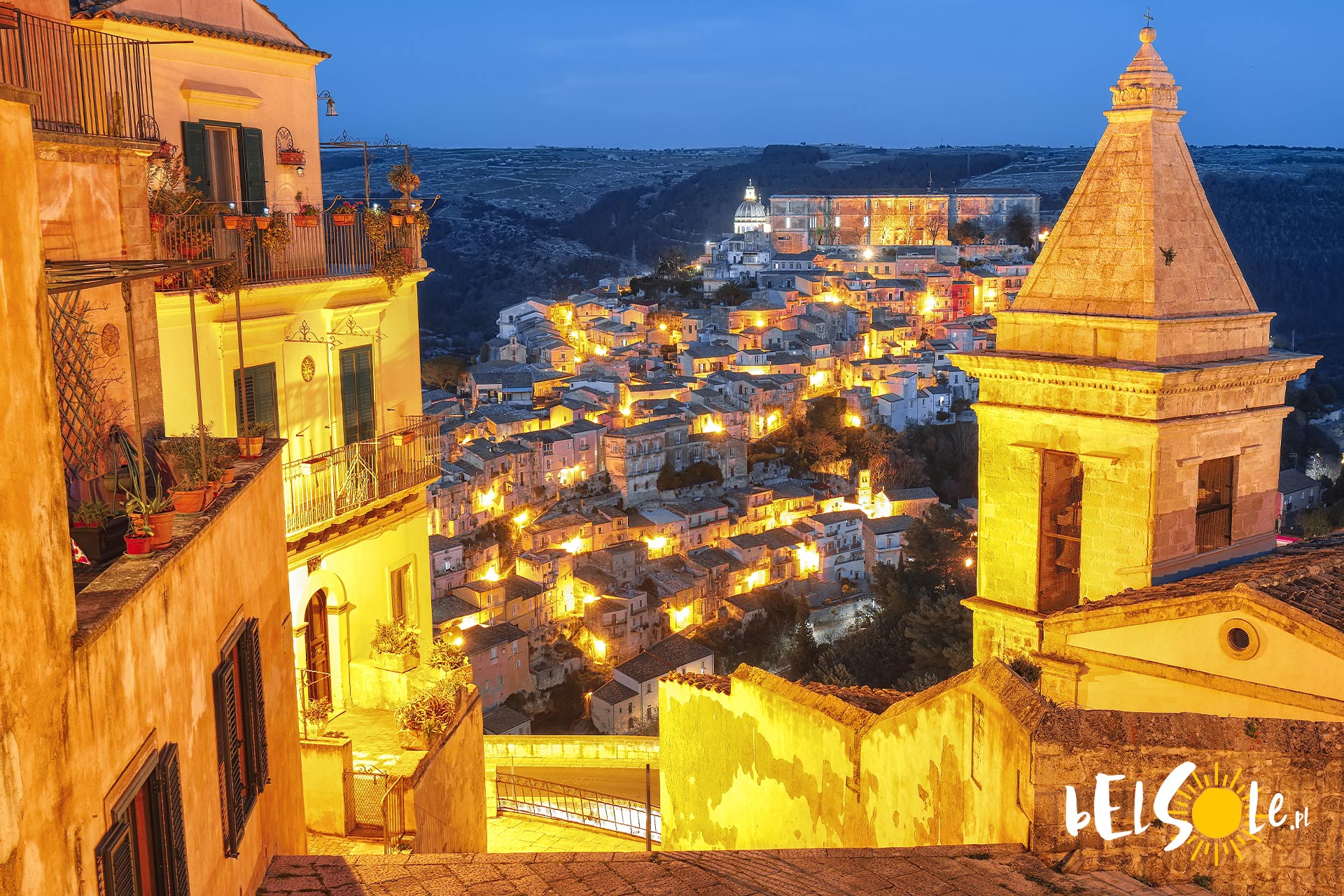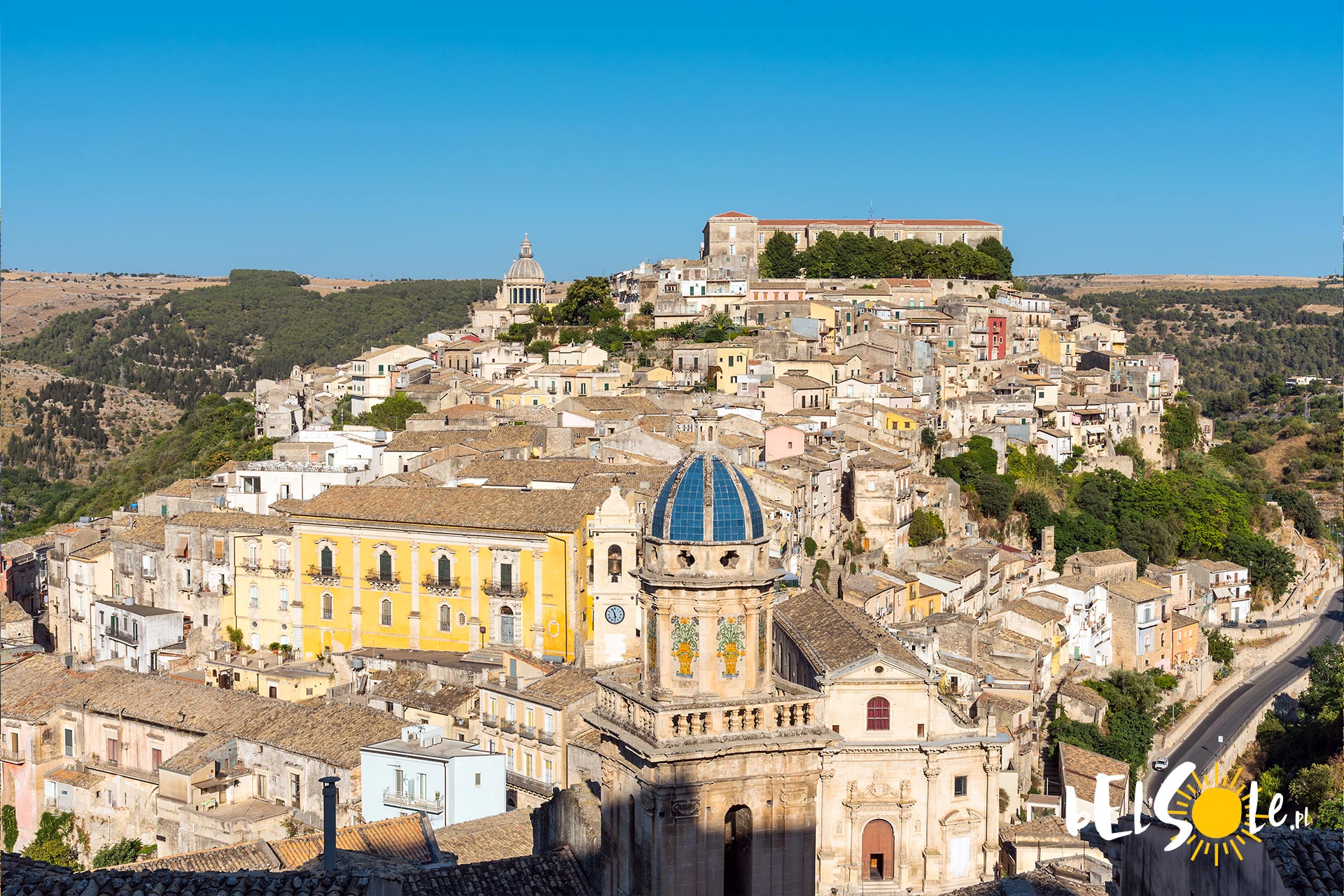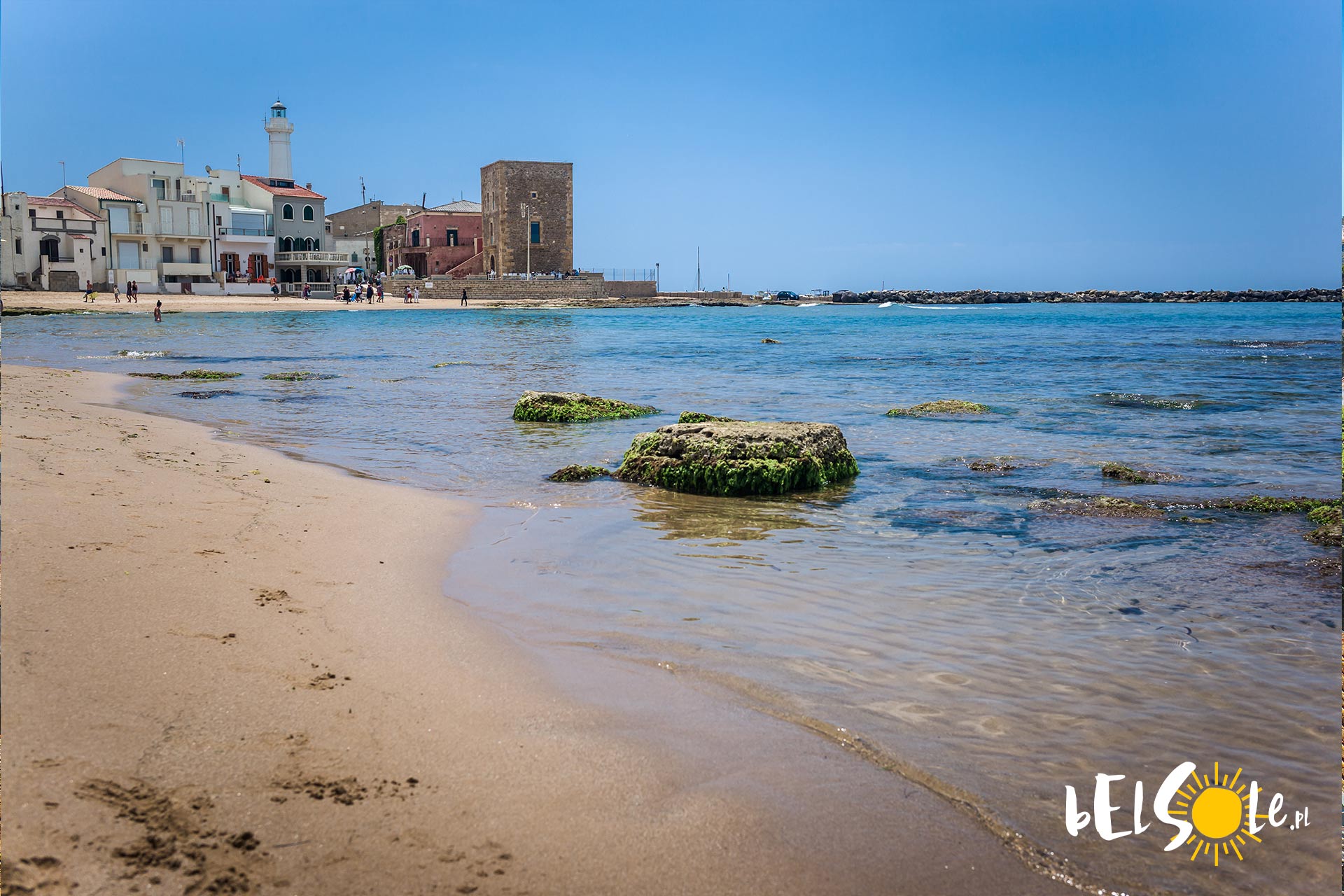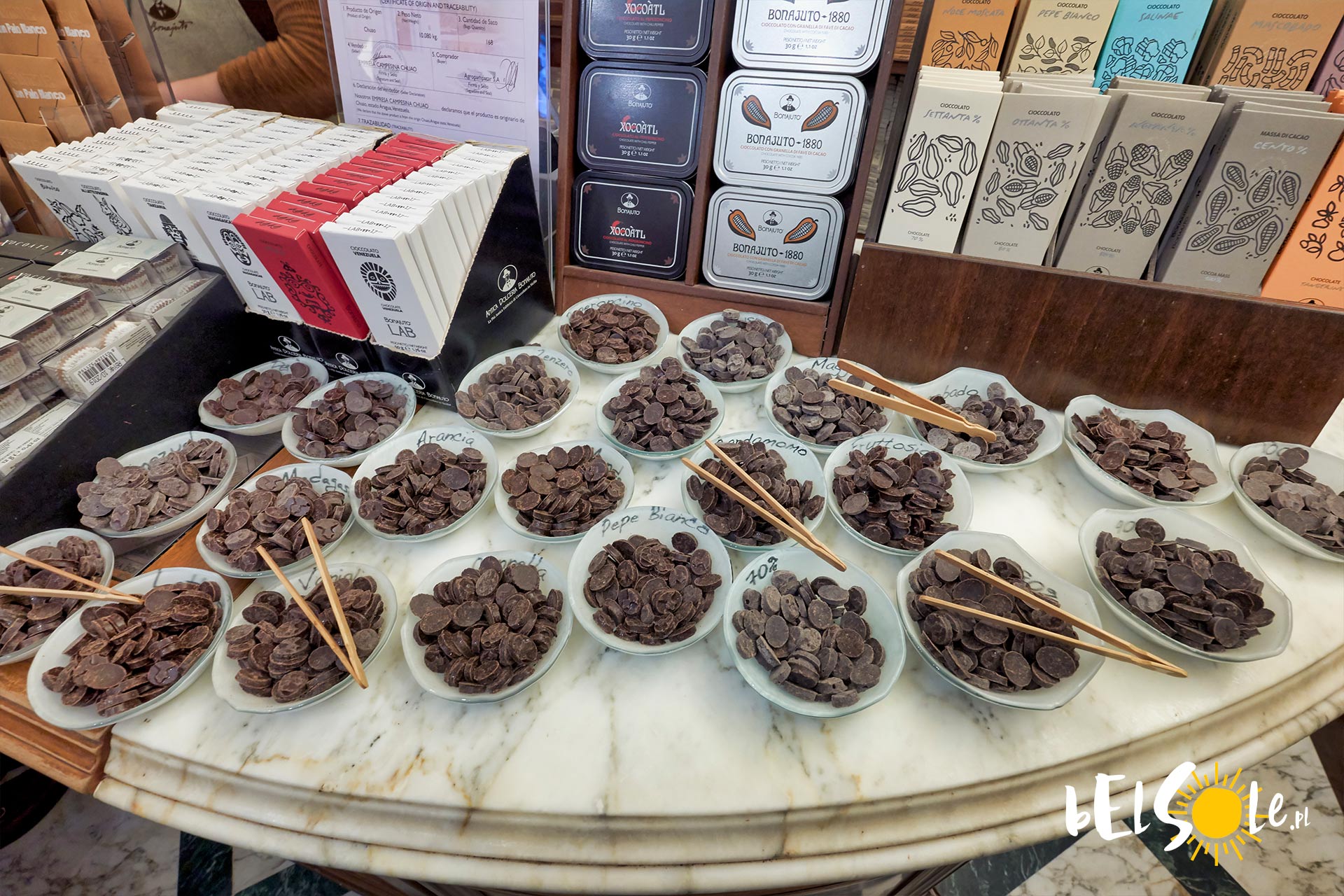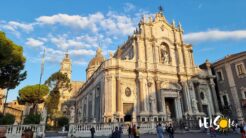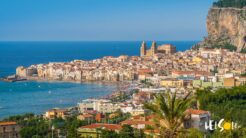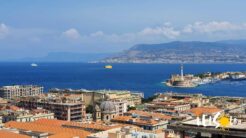Are you thinking of visiting Ragusa? It’s a good choice, as it’s a city abundant in lovely sites. What should you see in Ragusa? How to get there? We’ll go over that today.
Ragusa
How to get to Ragusa?
You can get to Ragusa by train from Syracuse or Gela or by bus from Catania. It takes about two hours and 45 mins by train and merely one hour and 40 minutes by bus. If you want the most convenient way, though, you can always hire a car – you can cover the distance from Catania to Ragusa in about an hour and 30 minutes. The route is also very scenic and some of the attractions we’ll be going over are near Ragusa, not in it, so the car would also help with that.
As for Ragusa, it consists of two main parts: the old Ragusa Ibla and the newer Ragusa Superiore. Most of Ragusa’s attractions are located in Ragusa Ibla, the lower and older part of the city. The Ragusa Superior is also worth a walkthrough, though.
Ragusa is located on a large limestone hill. You can park your rented car, if you have one, in the car park at the foot of the hill. It’s not a big city, so you need neither the car or public transport to get between the attractions inside the city. We’d recommend you stay at least one night here as the skyline is truly magical.
Ragusa Ibla
The old town of Ragusa
After the great earthquake of 1693, the Ragusa family rebuilt the old part of the city – most of the buildings were redone in Baroque style. Here, you’ll find as many as 14 UNESCO World Heritage monuments!
Among its narrow baroque streets, you can find plenty of tourist attractions. Among these are: the Duomo di San Giorgio, the Giardino Ibleo and the Castello di Ragusa Ibla which towers over the entire old town. It’s separated by a ravine from the rest of Ragusa.
Cattedrale di San Giovanni Battista
Ragusa Cathedral
This is the main cathedral in the newer part of the city, dedicated to John the Baptist. The church dates back to 1694, when it was rebuilt on a new site after the Ragusa earthquake – it previously stood on the site of the church of St Agnes in the west of the city. It was rebuilt and heavily expanded in 1718 in the Baroque style and now looks much more like the Catania Cathedral.
There is also a cathedral museum and a bell tower next to it.
The bell tower is open Monday to Saturday from 9:30 am to 12 pm and from 3 pm to 6:30 pm
The museum is open from 10 am to 1 pm and from 4 pm to 7 pm during the week and from 10 am to 1 pm on Sundays.
A ticket for the bell tower and museum costs €3, for the bell tower alone is €2.
Giardino Ibleo
The gardens in Ragusa
The Giardino Ibleo is located at the end of Ragusa Ibla, near the churches of San Vincenzo Ferreri, San Giacomo and di Sant’Agata. You’ll find plenty of beautiful greenery here, with wonderful palm trees and fountains all around. In the centre of the park, you’ll find a monument to the fallen. It’s a great place to relax after a hasty day of exploration.
Duomo of San Giorgio
Duomo in Ragusa
Another Duomo, this time on the western side of the city of Ragusa. It was also built in the Baroque style in 1775, after being overhauled by Rosario Gagliardi. A beautiful feature of the temple is the unique dome with its many columns on top. The church has two side-naves and a main altar, classic cruciform design.
Next to the cathedral is the popular Piazza Duomo, where you can have lunch or a coffee in the local restaurants.
Castle of Donnafugata
Castle near Ragusa
The Donnafugata castle is located about 9 miles away from Ragusa. It’s a castle from the 14th century, though the current aesthetic is mostly from the 19th century. It covers a massive area of more than 7,500 square metres. There are more than 20 halls to explore, out of the 120 total present in the castle. There’s also the equally interesting grounds hiding 1,500 species of various plants and trees in a labyrinth of stone walls.
The castle is closed on Mondays. In winter (from 31 October till 30th March), it’s open from 9am to 1pm and 2pm to 4pm from Tuesday to Sunday. In the summer, so from April to the end of October, it’s open from 9am to 7pm. You can check out the current ticket offers here.
If you want a sneak peek, you can actually check out much of it online, on Google Arts & Culture.
Santa Maria delle Scale
Churches in Ragusa
The church is a mixture of Gothic and Baroque. This is due to it being originally a Gothic church, built somewhere in the first half of the century by Cisterian monks. It was later rebuilt in a Baroque style, though, so it’s now a blend. It’s located in a picturesque spot between Ragusa Ibla and Ragusa Superiore, overlooking the old part of the city. Acts as a great viewpoint too.
Pagoda della Pace
Buddhist temple
Another spot near Ragusa, in between Comiso and Ragusa (about 10 miles away from Ragusa Superiore). The Peace pagoda is a buddhist temple, so quite an unusual sight. Buddhism is actually the third largest religious group in Italy, right after Christianity and Islam. Still, this amounts to merely about 0.3% of the population.
The temple itself was consecrated by Nipponzan Myohoji monks and formalised in 1997/8. The pagoda stands in front of a place previously inhabited by a missile base (during the Cold War), so it’s also an indirect confrontation on war vs pacifism.
Chiesa di Santa Maria dell’Itria
Churches in Ragusa
In the case of this church, take a look at the beautiful bell tower. Below the dome is a level with terracotta panels decorated with beautiful flower motifs. Though we’re not sure when exactly the church was built, we can find sources dating back to the 14th century on it. It also bore the earthquake quite well, so not much of it had to be rebuilt.
Portals of San Giorgio
A monument in Ragusa
This is one of the remains of the old church of San Giorgio. The portal dates back to the 12th century, originally built in the Gothic style. It’s both an actual gateway and a gateway to the past, as it’ll show you more or less what Ragusa looked like prior. It’s built of limestone blocks of a pinkish colour. It was once a part of the church of San Giorgio which is now gone. It’s located near the Ibleo gardens
Beaches near Ragusa
Where can you go to a beach near Ragusa
Ragusa is 12 miles away from the Sicilian coast. As such, you can totally go to a beach during your stay in the city. We’d recommend these ones:
- Spiaggia di Marina di Ragusa (next to Marina di Ragusa),
- Santa Maria del Focallo Beach (west of Pozzallo),
- Spiaggia di Cava D’Aliga (in Cava D’Aliga)
- Spiaggia Pietre Nere in Pozzallo.
The most popular of these is the last one, translating to basically the Black Stones Beach
Chocolate from Modica
Sweets from Sicily
Finally, the last point will be Modica, or, more specifically, its chocolate. Modica is located about 9 miles away from Ragusa and it’s well known for its wonderful chocolate. Cioccolato di Modica is a traditional local chocolate prepared by grounding the cocoa beans by hand, which gives the chocolate a slightly grainy flavour. It’s certainly one of the things you should bring back with you from Sicily!
See also:



